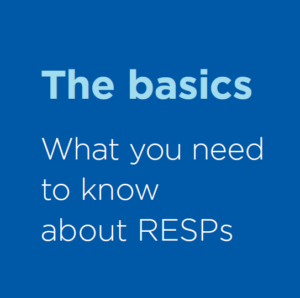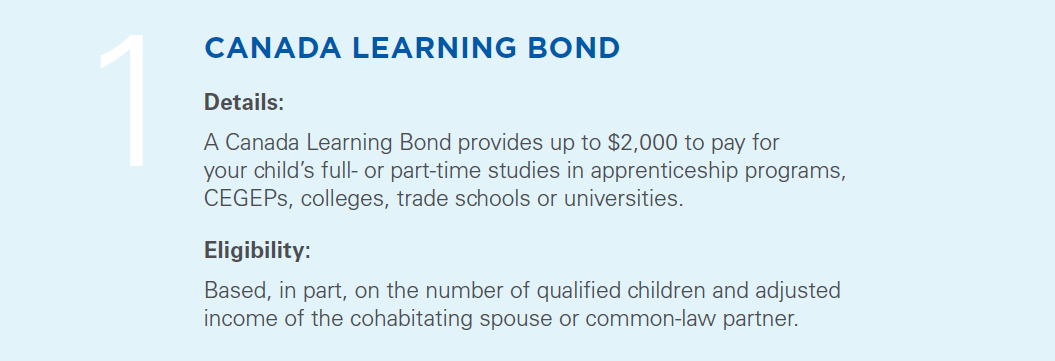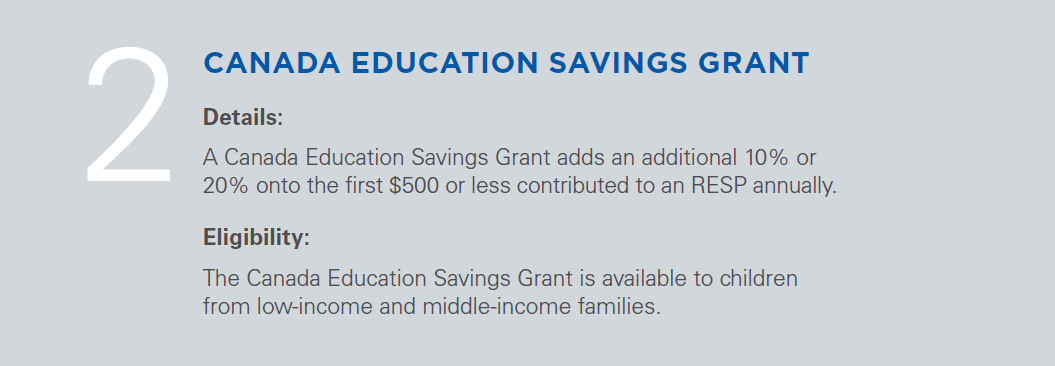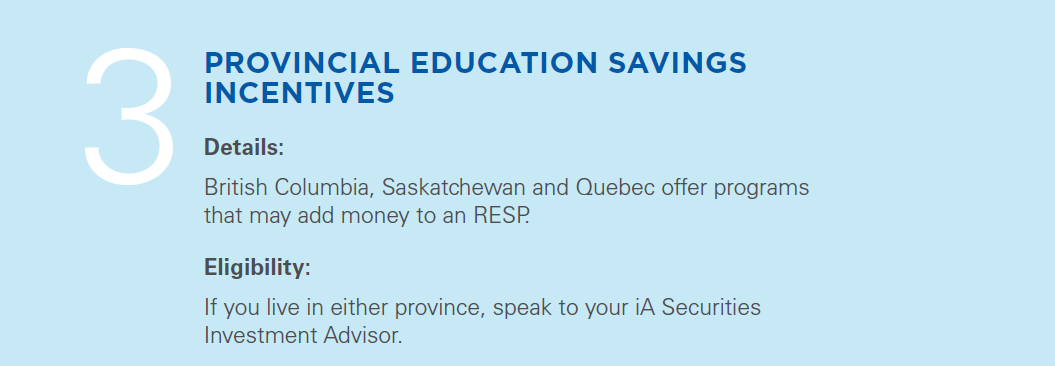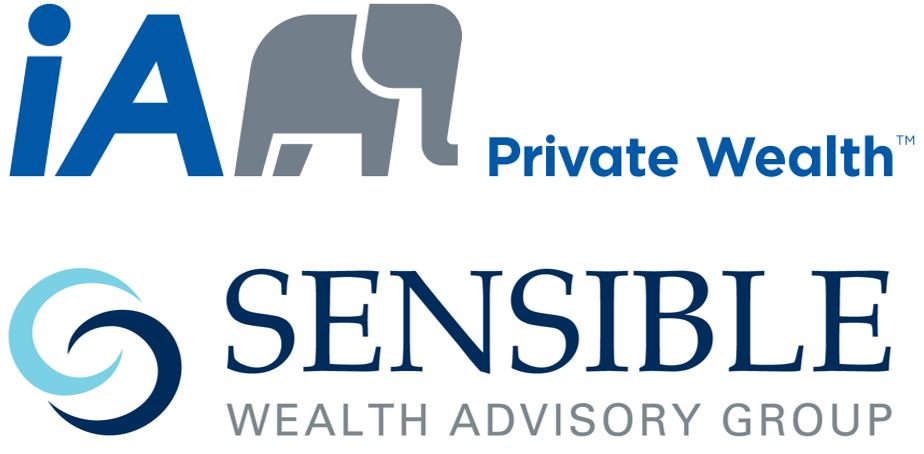There is no limit to the number of plans from different institutions your child can have, but there is still a lifetime contribution limit of $50,000 per beneficiary for all of the plans combined.
As many contributions as you like can be withdrawn to pay for your child’s qualifying post-secondary education program. Withdrawals from the Canada Education Savings Grant (and other grants) received or interest earned is called an Education Assistance Payment and can be used to pay for tuition, books or transportation.
Yes. If, for example, one child decides not to attend university, you may change the beneficiary named on the RESP. Or you can simply add the child to an existing RESP family plan.
RESPs mature after 35 years and any unused contributions are returned tax-free to the contributor. Any income from the contributions can be transferred up to $50,000 into the contributor’s (or spouse’s) RRSP or taxed at the marginal rate plus a 20% surtax. Any unused Canada Education Savings Grant funds must be repaid to the government.
Contributions can be withdrawn tax-free at any time by the contributor, but restrictions may apply on future Canada Education Savings Grant payments.

